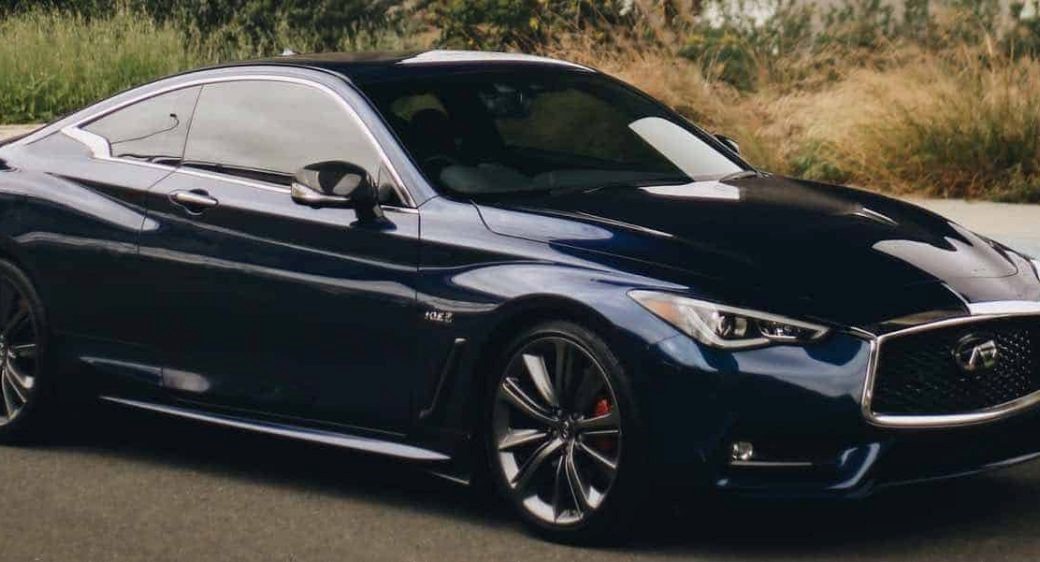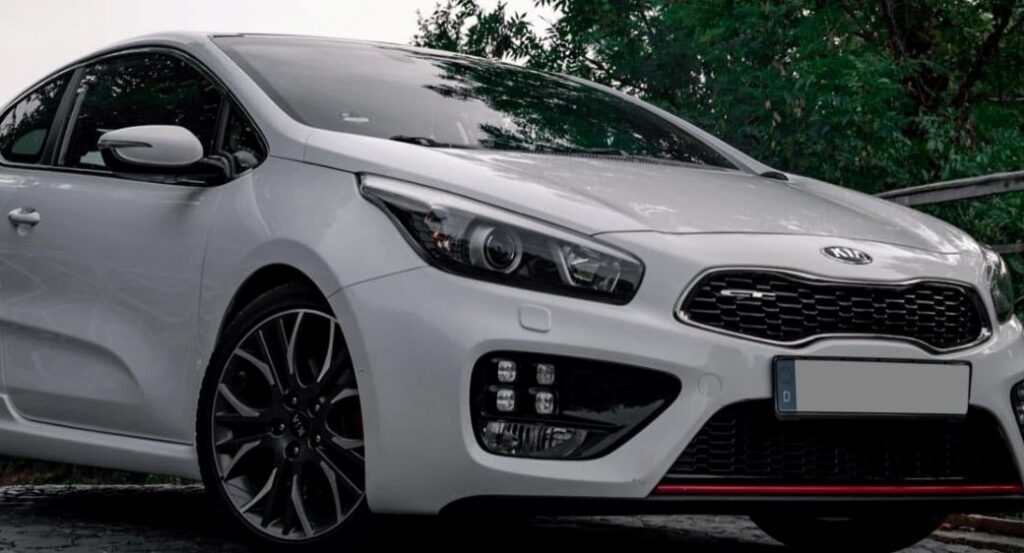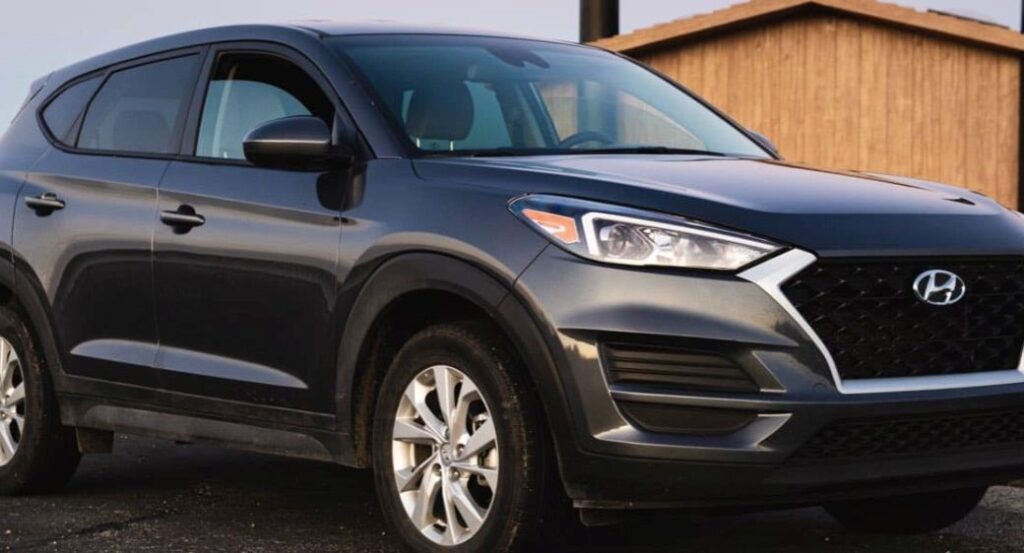13 Reasons Why Stop-And-Go Driving is Hard On Your Car

Sharing this:
Stop-and-go driving, common in urban environments and during heavy commutes, can significantly impact a vehicle's longevity and performance. Read on to learn how stop-and-go driving is hard on your car and how you can minimize the damage.
Increased Brake Wear
One of the most immediate impacts of stop-and-go driving is on your car’s braking system. Each time you stop, your brake pads and rotors are pressed together to halt the vehicle, causing friction. This friction gradually wears down the brake material. In heavy traffic, where braking is frequent, this wear accelerates, leading to the need for more frequent replacements and increased visits to the brake repair shop.
Engine Stress
Stop-and-go traffic forces your engine to work harder. In constant traffic, the engine never fully reaches optimal operating temperatures and spends a lot of time idling, which isn’t efficient. This can lead to incomplete fuel combustion, residue buildup inside the engine, and increased wear on engine components. The repeated process of accelerating and decelerating also means more stress on the engine’s moving parts.
Transmission Wear
Automatic transmissions are particularly susceptible to wear in stop-and-go traffic. Constant shifting between gears without adequate fluid flow can lead to overheating and increased wear on transmission components. For manual transmissions, frequent clutch engagement and disengagement in traffic can lead to quicker clutch wear and a shortened lifespan.
Fuel Consumption
Stop-and-go driving can lead to higher fuel consumption. Rapid acceleration and frequent idling in traffic require more fuel than steady, moderate-speed driving. The constant acceleration and deceleration make it difficult for your car to use fuel efficiently, leading to poorer mileage and increased fuel costs over time.
Battery Drain
Frequent stopping and starting can drain your car’s battery more quickly. Each start requires a significant amount of energy from the battery, and if the alternator doesn’t have sufficient time to recharge it because of frequent stops, the battery can drain faster than usual. This can be exacerbated in traffic jams where additional systems like air conditioning and entertainment systems may be running simultaneously without the engine operating at a speed that efficiently charges the battery.
Impact on Exhaust System
The exhaust system can also suffer from frequent stop-and-go driving. Operating in traffic can lead to moisture accumulation in the exhaust system, as the system doesn’t get hot enough to evaporate all the moisture that accumulates from the engine and the environment. Over time, this can lead to corrosion and rust, shortening the lifespan of the exhaust components.
Deterioration of Motor Oil
Motor oil degrades faster in stop-and-go conditions. The oil’s ability to lubricate and protect the engine diminishes when it is subjected to high operating temperatures frequently experienced during harsh driving conditions like traffic jams. This can lead to increased engine wear and the need for more frequent oil changes.
Tire Wear
The impact on tires during stop-and-go driving is often overlooked. Frequent accelerating and braking can lead to uneven tire wear, particularly if the vehicle’s alignment is off. This can cause tires to wear prematurely and require replacement sooner than would typically be necessary.
Cooling System Challenges
The cooling system works hardest when the car is moving, as airflow helps keep the coolant temperature regulated. If the cooling system isn’t working efficiently, reduced airflow in traffic can cause the engine to overheat, placing significant strain on the radiator and associated components.
Suspension System Strain
Repeated braking and acceleration can strain the suspension system, including shocks and struts. Over time, this can lead to wear and a less comfortable ride due to the suspension system's diminished ability to absorb road irregularities.
Increased Emissions
Stop-and-go driving can lead to higher emissions. Inefficient combustion and frequent idling increase the amount of exhaust your vehicle releases into the environment. This not only contributes to air pollution but can also lead to failures during emissions testing, depending on your region’s regulations.
Stress on Electrical Systems
Modern vehicles are equipped with numerous electronic systems that rely on consistent electrical power. Frequent stops and starts can lead to voltage fluctuations that strain these systems, potentially causing electrical failures and the need for costly repairs.

Degradation of Catalytic Converter
The catalytic converter, which helps reduce toxic gases from your exhaust, requires high temperatures to function correctly. In stop-and-go traffic, the converter may not reach these temperatures, decreasing its efficiency and potentially leading to increased pollutant emissions and damage to the converter over time.
Overall Wear and Tear
Frequent stop-and-go driving accelerates wear and tear on virtually every component of your vehicle. This includes not just the brakes and engine but also smaller, often overlooked parts such as the clutch in manual vehicles, belts, hoses, and even the vehicle's body, which is affected by the vibration. The cumulative effect of this increased wear can significantly shorten the life expectancy of your vehicle and lead to increased maintenance costs. Being proactive about vehicle maintenance and addressing small issues as they arise can help mitigate these effects and maintain your vehicle’s condition over time.
Proactive Measures and Maintenance
Proactive maintenance is essential to combat the negative effects of stop-and-go driving. This includes regular servicing of your vehicle’s major systems, such as the braking system, transmission, and engine. Additionally, paying close attention to the vehicle's fluid levels (engine oil, transmission fluid, coolant) and condition is crucial, as these fluids play a vital role in keeping mechanical parts lubricated and cool. Scheduling periodic checkups at a certified repair shop can also help identify and rectify issues before they escalate into costly repairs.

Visiting a Brake Repair Shop
One of the most immediate concerns with frequent stop-and-go driving is the increased wear on your vehicle’s braking system. Regular visits to a brake repair shop can ensure that your brake pads, rotors, and other components are in good working condition. These specialists can diagnose issues such as worn pads, leaking fluid, or damaged rotors that can arise from frequent braking in traffic. Ensuring your brakes are properly maintained not only extends the life of your brakes but also keeps your driving experience safe and responsive.
Now that you know how stop-and-go driving is hard on your car and the steps you can take to mitigate these effects, you can better manage your vehicle’s maintenance to extend its life and improve its performance. By understanding and addressing the unique challenges of urban driving, you can keep your car running better, for longer.



